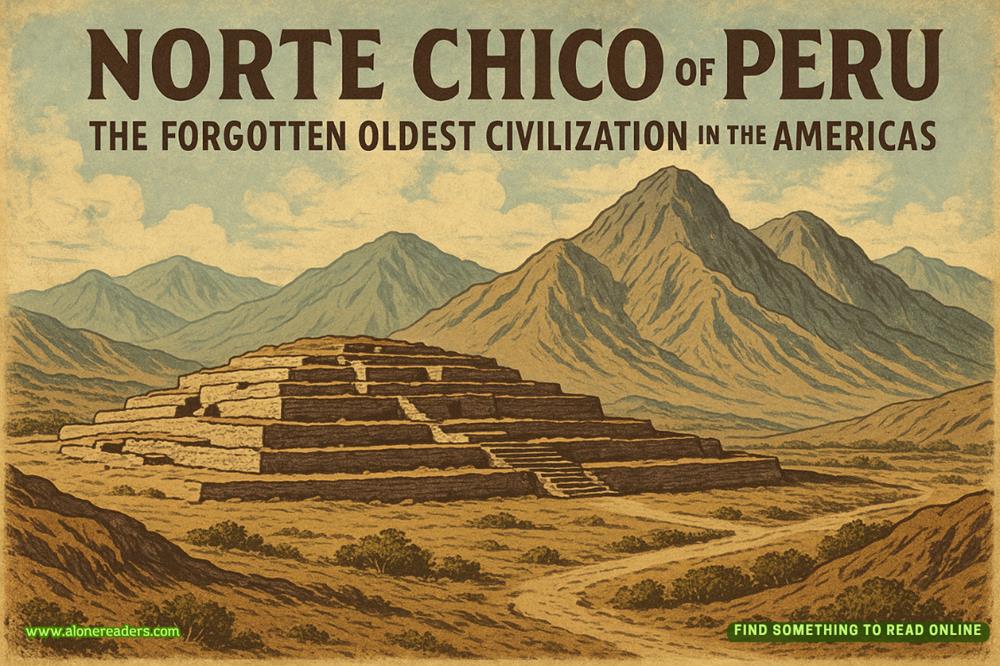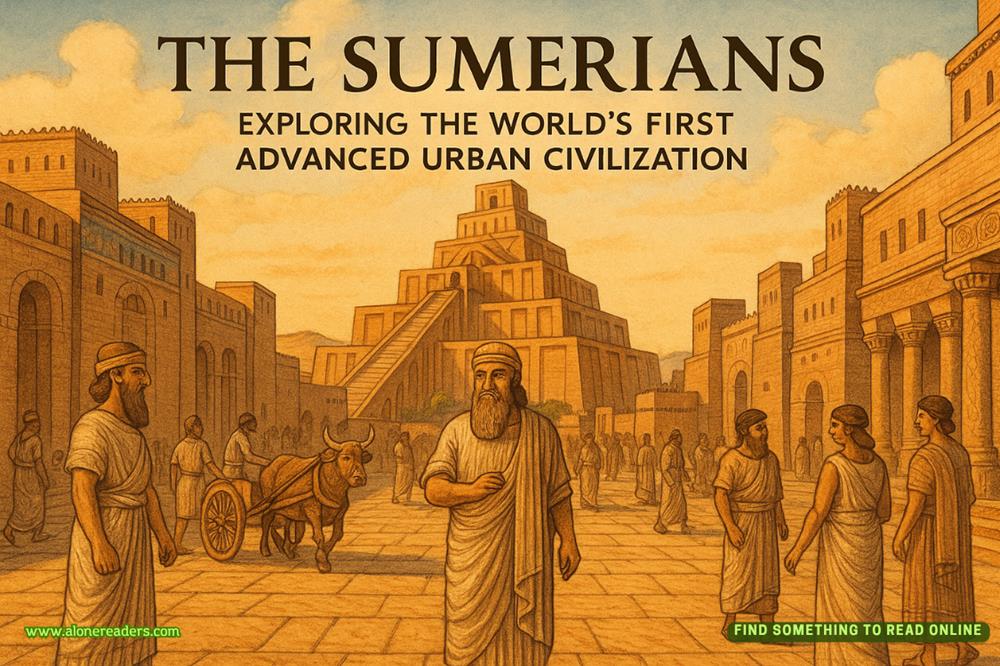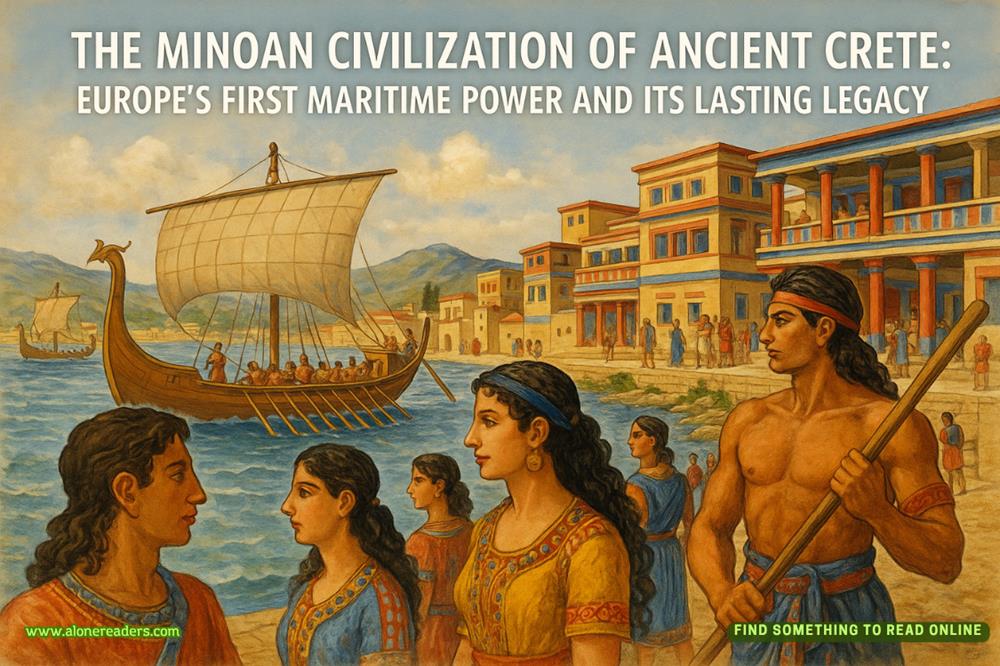Page 5 of Havik: Warlord Brides
Havik walked to stay ahead of his grief. If he kept moving, he could outpace his traitorous thoughts that whispered he had not paid enough attention to his mate. He failed to notice how she struggled or how exhaustion took her after the simplest of tasks. In his selfishness for a son, he overlooked his mate, and now he had neither.
The flowing fabric of his hooded wrap and trousers kept his temperature regulated during the heat of the day and kept him warm in the freezing nights. He dug roots for water. He hunted the small creatures that burrow under the sand. The mechanics of keeping his body alive kept him too occupied to worry about the sharp pang of grief.
Eventually, he arrived at the north shore.
The light broke across the water like shards of glass.
His feet sank into the damp sand.
The cool water smelled of brine. Unusual creatures lived in the waters and the tide pools. The air was cooler than he liked, but he constructed a fire from driftwood to stave off the cold.
Days blended together. When he felt more like himself and less like a male hollowed out by disappointed fancies, he returned to the clan.
* * *
“A monster stalks the sands.”When Havik arrived at the village clustered around a desert oasis, the elders greeted him with their problem. He came to replenish his water but welcomed the opportunity to hunt.
Laying on his belly atop a sand dune, he lowered the binoculars. The creature was not a monster. Kumakre were normally docile, if territorial. They burrowed under the sands, as did many creatures on the planet, and hunted via vibrations. A young warrior is told to walk softly across the sands and to speak only with solid ground under their feet.
A kumakre only attacked a settlement for two reasons: a fungal infection that inflamed the brain or poachers. The infection made the creatures abnormally aggressive. They attacked everything from the smallest sand vermin to entire settlements and had to be put down to end the violence. Poachers, however, disturbed their nests. Unable to distinguish between one villain and an innocent, the kumakre killed indiscriminately until it felt the threat had been eradicated.
If Havik could not find the powdery white fungus in the crevices between the carapace, then the village harbored a poacher. Ancient tradition claimed the kumakre’s shell, when ground into a powder, could extend a person’s life. Such claims were false, but that did not stop the desperate and fearful.
Sleek dark red, nearly sanguine under the moonlight, the kumakre approached the oasis. It was a gorgeous creature, lethal with two front pincers, six legs, and a barbed tail that curled upward to strike.
Havik hated to end the kumakre’s life, but it had attacked vehicles traveling the main road to the village. Soon it would attack the village itself. Beings would be injured, possibly killed. Havik had spent his entire life training to protect the people of his home world, from Suhlik or any other threat. He would not let the village suffer.
He crouched down, his right hand holding a blade. Energy coursed along the cutting edge, glowing a faint blue. The blade itself, honed to a wicked sharpness, was not strong enough to pierce the carapace. The added boost of electrical charge would be enough if Havik aimed true. A badly placed blow would bounce off the kumakre’s shell and he’d be exposed to the barbed tail. The venom in the barb was potent enough to slow a Mahdfel’s heart, making him sluggish and vulnerable to attack by the pinchers.
A prepared warrior would wear a complete set of armor, but armor was heavy to carry and too hot to wear under the Rolusdreus sun. Havik had a reinforced jacket, hardly adequate coverage.
Best to avoid being jabbed.
Injuries only enraged the creature. Hormones flooded its body, giving it a boost in strength. An injured kumakre was a formidable opponent. The fastest way to end the battle was to pierce the creature’s brain.
The kumakre raised its head, mandibles flexing as it tasted the air.
“Turn back. Do not make me end you,” he whispered.
It moved toward the village.
Now.
Havik sprang into action, running along the crest of the dune. Sand gave way under his feet, but he had months of practice walking on the sand. He adjusted his posture with each step, moving swiftly and making no more noise than a whisper.
He leaped down, landing in a crouch, and barely pausing before running straight at the kumakre. At the last moment, he veered left, dodging the tail strike, and slashing with his blade.
Aiming for the joint in a leg, the blade sliced through the weak spot. The kumakre shrieked as the limb fell away.
Havik spun, dust floating in the air. Reduced to five legs, the creature still moved swiftly. The tail lashed out. He rolled away but did not escape unscathed. The barb pricked his right leg, near his ankle.
Rising to his feet, his right foot already felt sluggish and numb. He had little time.
Havik leaped onto the beast’s back. It bucked and thrashed, trying to dislodge him, but his legs wrapped around its torso tightly. The tail struck him again and again in his shoulders and back, each blow hitting his armor jacket.
The kumakre had a vulnerable point in the back of its head where two carapace plates joined. He noticed the deep black color of the joint with disappointment. No powdery white fungus.
Energy hummed along the edge of the blade, crackling blue, as he pushed it in. Meeting resistance, he threw his entire weight against the blade, driving it deeper.















